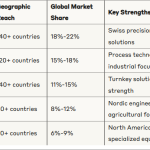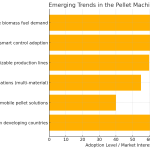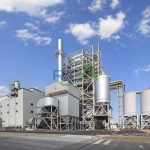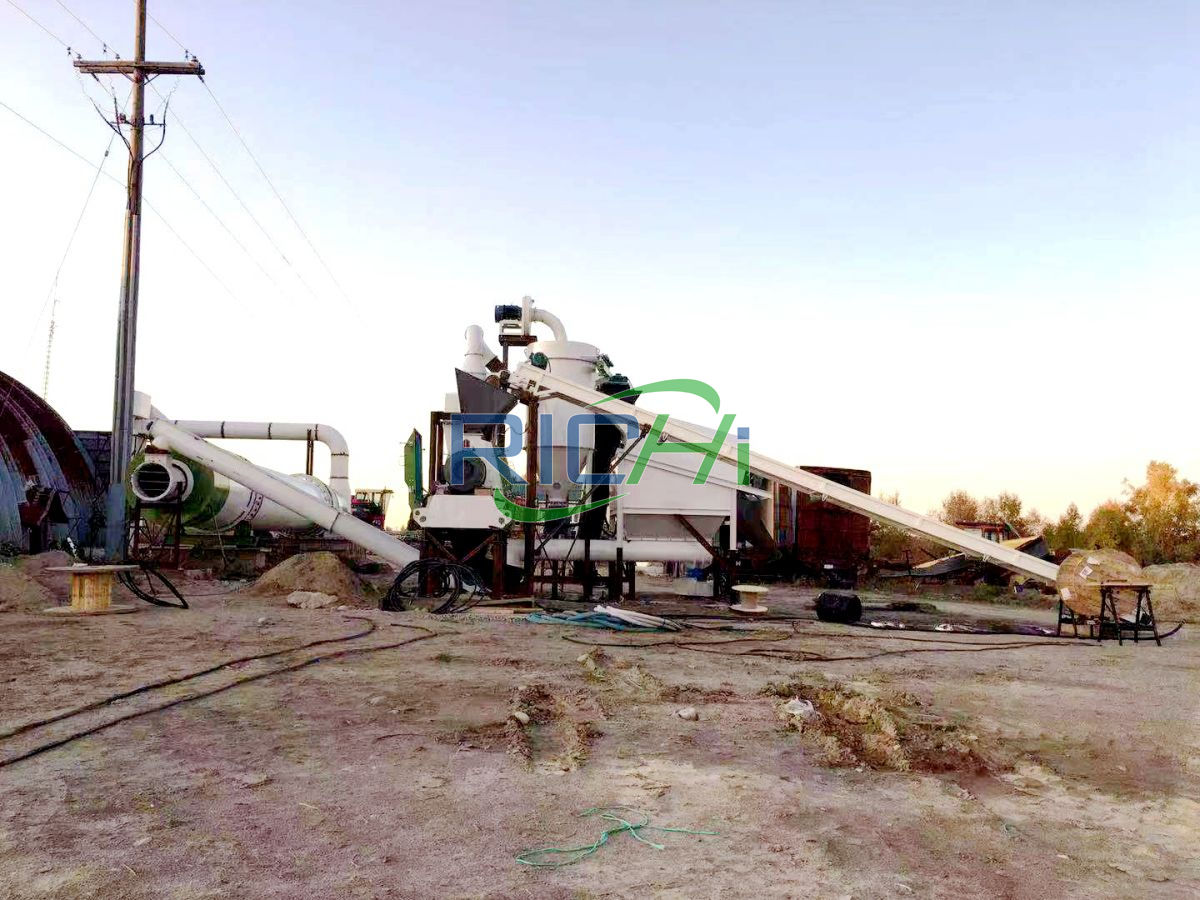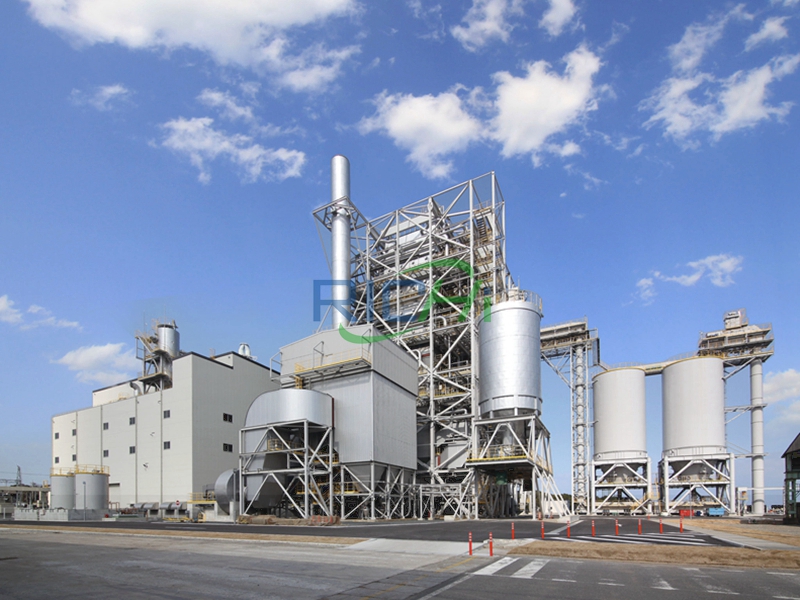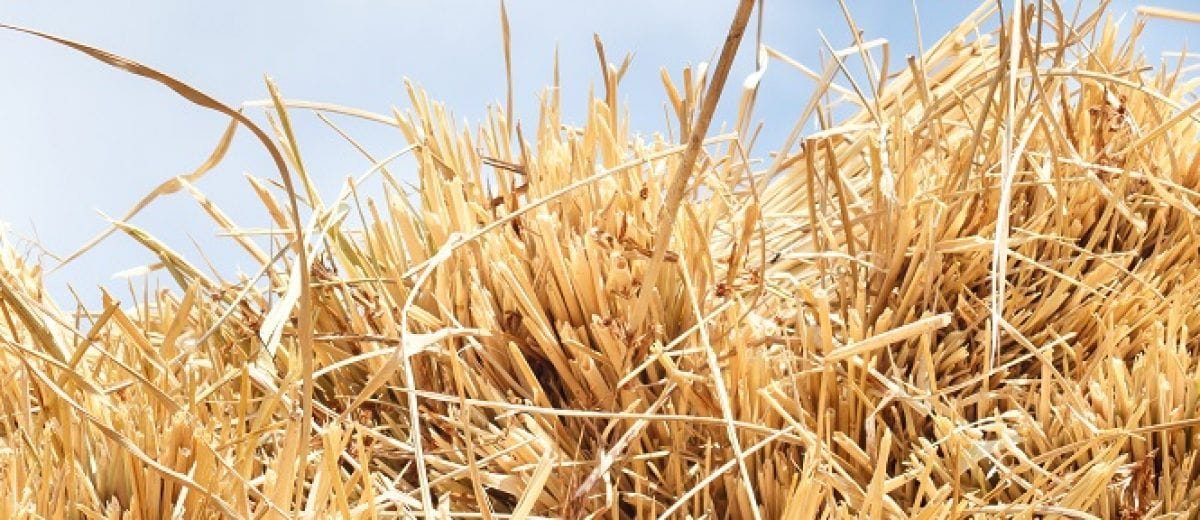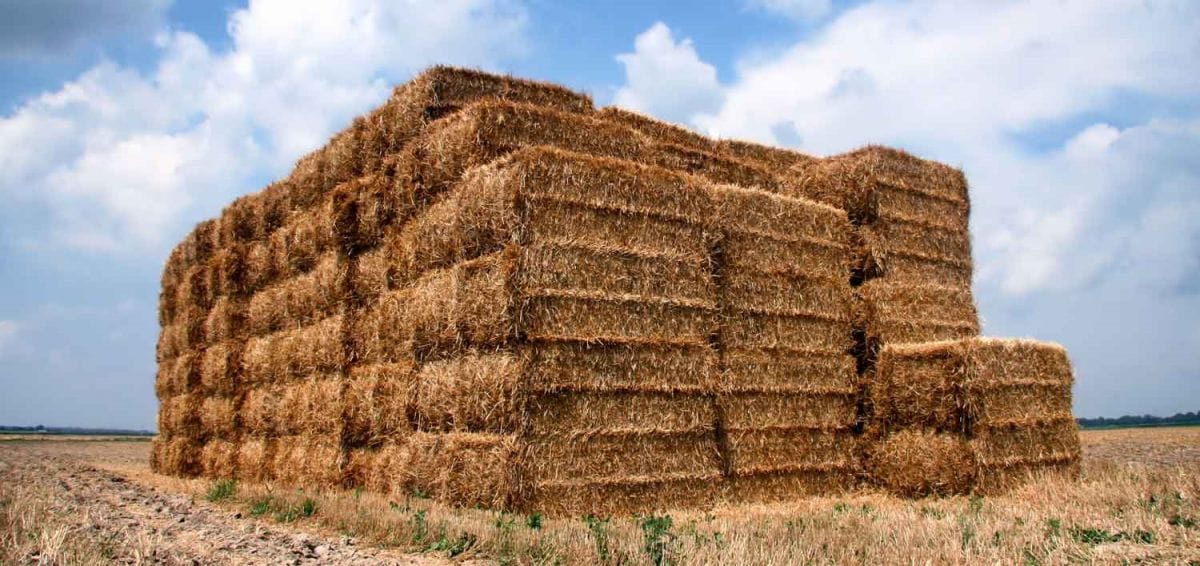Establishing a wood pellet production line in Poland requires careful planning and preparation to ensure success in this growing renewable energy market. This article outlines the key steps and considerations necessary for setting up such a project in Poland.
Market Research and Feasibility Study
Before embarking on the project, conducting thorough market research and a feasibility study is crucial:
- Analyze the local and export demand for wood pellets in Poland and neighboring countries.
- Assess competition from existing pellet producers in the region.
- Evaluate raw material availability and costs, including sustainable forestry practices in Poland.
- Understand Polish and EU regulations regarding biomass production and renewable energy.
- Estimate initial investment costs and projected return on investment.
This research will help determine the optimal scale of production and guide strategic decisions throughout the project.
Securing Funding and Investment
Based on the feasibility study, secure the necessary funding:
- Explore Polish government incentives for renewable energy projects.
- Investigate EU funding opportunities for biomass initiatives.
- Consider partnerships with local or international investors interested in renewable energy.
- Engage with Polish banks familiar with financing industrial projects.
Ensure that the financial plan accounts for both initial setup costs and working capital for the first few months of operation.
Site Selection and Acquisition
Choosing the right location is critical for the success of the project:
- Look for areas with proximity to raw material sources (forests, sawmills).
- Consider transportation infrastructure for both raw materials and finished products.
- Ensure adequate power supply and water resources.
- Check local zoning laws and obtain necessary permits for industrial operations.
- Assess the availability of skilled labor in the area.
Engage with local authorities and real estate experts to find and secure an appropriate site.
Regulatory Compliance and Permitting
Navigate the Polish regulatory landscape:
- Obtain necessary business licenses and registrations.
- Secure environmental permits, including air quality and waste management approvals.
- Ensure compliance with Polish labor laws and safety regulations.
- Familiarize yourself with Polish tax regulations for manufacturing businesses.
- Consider obtaining certifications like ENplus for wood pellets to meet quality standards.
Working with local legal experts can help streamline this process and ensure full compliance.
Equipment Selection and Procurement
Choose appropriate equipment for the wood pellet production line:
- Determine the desired production capacity (e.g., 1-2 tons per hour or larger).
- Select key components:
- Wood chippers and grinders
- Drying systems
- Pellet mills
- Cooling and screening equipment
- Packaging systems
- Consider both new and refurbished equipment options to optimize costs.
- Evaluate equipment suppliers based on reliability, after-sales support, and compatibility with Polish power systems.
Ensure that the selected equipment meets EU safety and efficiency standards.
Raw Material Sourcing
Establish a reliable supply chain for raw materials:
- Develop relationships with local forestry companies and sawmills.
- Consider long-term contracts to secure a stable supply of wood waste or dedicated energy crops.
- Investigate the potential for using agricultural residues as supplementary raw material.
- Ensure that sourcing practices align with sustainable forestry certifications (e.g., FSC, PEFC).
Diversifying raw material sources can help mitigate supply risks and price fluctuations.
Facility Design and Construction
Plan the layout and construction of the production facility:
- Engage with Polish architects and engineers familiar with industrial facility design.
- Ensure the design accommodates all production equipment and allows for future expansion.
- Incorporate energy-efficient features to reduce operational costs.
- Design adequate storage areas for both raw materials and finished products.
- Include quality control laboratories and office spaces in the facility plan.
Adhere to Polish building codes and regulations throughout the construction process.
Workforce Planning and Training
Develop a strategy for staffing the pellet production line:
- Assess the local labor market for skilled workers in manufacturing and engineering.
- Plan for recruitment and training programs.
- Consider partnerships with local technical schools or universities for talent pipeline.
- Ensure compliance with Polish labor laws regarding wages, benefits, and working conditions.
- Develop safety training programs specific to wood pellet production.
Investing in a well-trained workforce is crucial for efficient and safe operations.
Quality Control Systems
Implement robust quality control measures:
- Set up a laboratory for testing pellet quality (e.g., moisture content, ash content, durability).
- Develop quality control procedures at each stage of production.
- Train staff in quality management practices.
- Consider obtaining ISO certifications relevant to biomass production.
Maintaining consistent pellet quality is essential for market success and customer satisfaction.
Logistics and Distribution Planning
Develop a strategy for product distribution:
- Evaluate transportation options (road, rail, sea) for both domestic and export markets.
- Consider partnerships with logistics companies experienced in bulk material handling.
- Plan for adequate storage facilities to manage seasonal fluctuations in demand.
- Develop relationships with potential customers, including power plants and residential distributors.
Efficient logistics can significantly impact the profitability of the operation.
Environmental Impact Assessment
Conduct a thorough environmental impact assessment:
- Evaluate the project’s carbon footprint and overall environmental impact.
- Develop strategies to minimize emissions and waste.
- Consider implementing a sustainability management system.
- Prepare for regular environmental audits as required by Polish regulations.
Demonstrating strong environmental stewardship can enhance the project’s reputation and market appeal.
Marketing and Business Development
Develop a comprehensive marketing strategy:
- Create branding that emphasizes the sustainability and quality of the pellets.
- Attend industry trade shows and conferences to network and promote the product.
- Develop relationships with key players in the Polish and European biomass energy sector.
- Consider digital marketing strategies to reach both B2B and B2C customers.
A strong marketing approach is crucial for establishing the brand in the competitive pellet market.
Conclusion
Building a wood pellet production line in Poland requires meticulous planning and preparation across various aspects of the business. From market research and regulatory compliance to equipment selection and workforce development, each step plays a crucial role in the project’s success. By thoroughly addressing these preparatory elements, investors can establish a strong foundation for a thriving wood pellet production business in Poland, contributing to the country’s renewable energy goals while tapping into the growing European biomass market.


